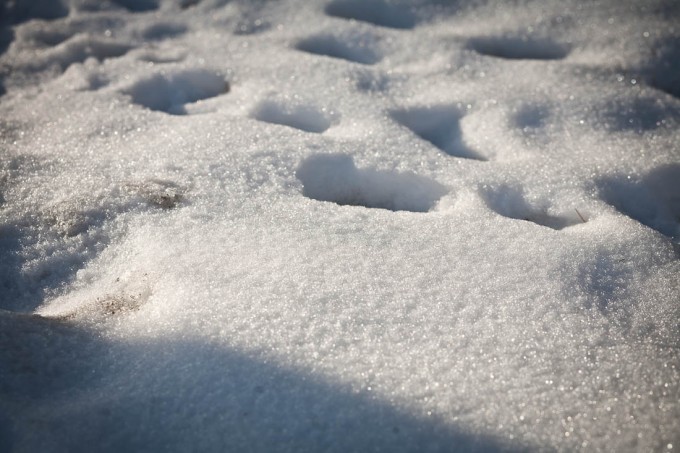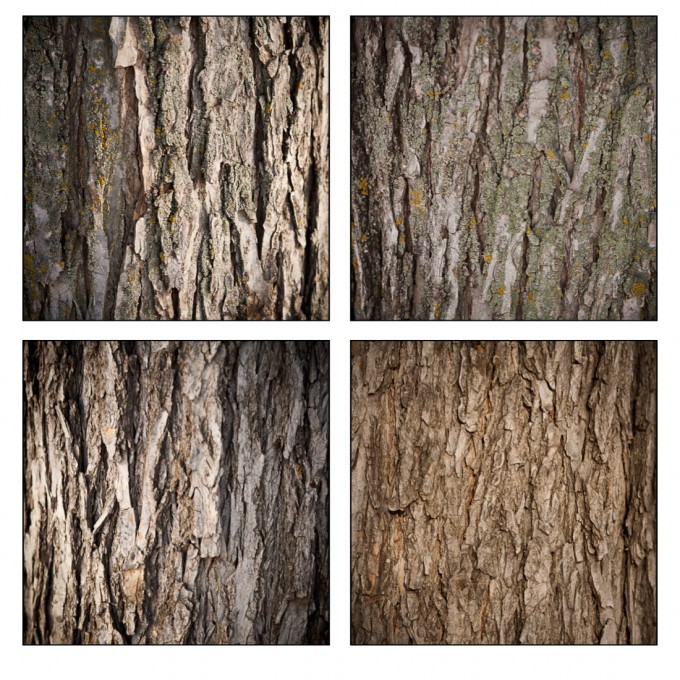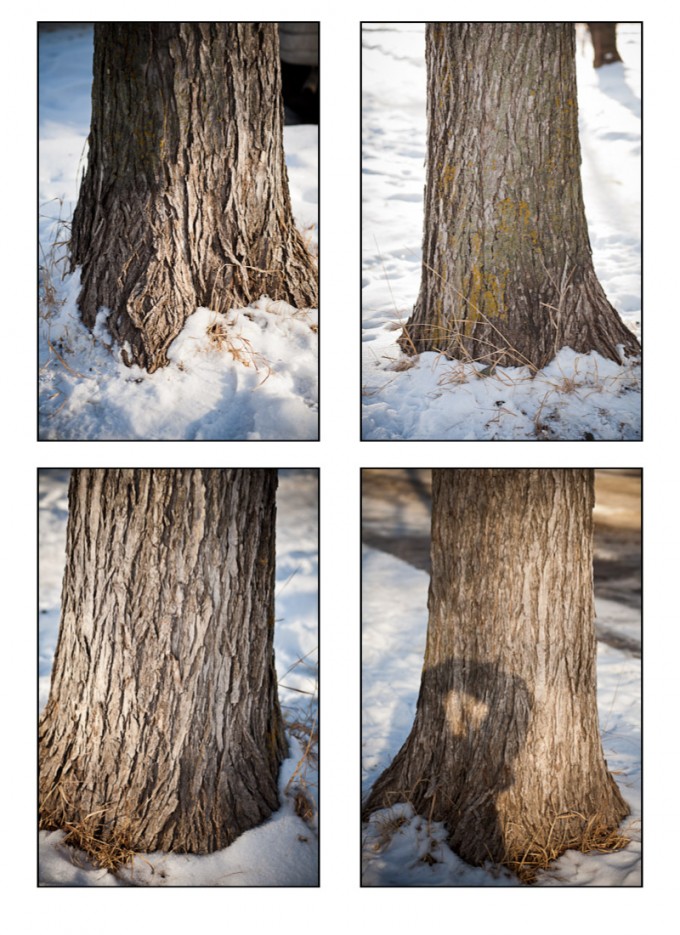I personally love old buildings, worn down pieces of scrap wood, and anything old or antique looking. If you’re like me, and if you want to photograph such an object in a way that really enhances the texture in the photograph, so that anyone viewing the image gets a sense of how it actually feels-how do you do go about that? That’s what we’re going to look at today. Hint: the key is in the lighting!
The best way for me to demonstrate this is using a couple of examples. What I’m going to do is give you some images to look at and some tips, and I want YOU to tell me what has created the texture. Don’t worry, I’ll give you the answers at the bottom of the article, but try not to read down and see if you can figure it out on your own first.
Creating Texture in Your Photographs – Example Photos



The first sample set of images were photographed from three different angles. Basically I walked all the way around the same snowy scene and shot it from each direction. Can you see where the shadows are falling and therefore which direction the light is coming from in each image? Take a close look (click the images to view them bigger) and see if you can make a connection between the direction of light (where it is coming from relative to the subject or scene), and the amount of texture produced in each photograph. What do you notice?
Start to train your eye to see direction of light, which is so important in photography.
For this second example I went out and photographed some really gnarled and bumpy tree bark. Take at look at the four examples below. I’ve taken close-ups on purpose so as not to be as obvious about where the shadows are falling and where the light is coming from, but if you look closely you can still tell. Start to train your eye to see direction of light, which is so important in photography. Possibly one of the most important things you can learn, so if you can nail this one you’ll be ahead of the game.
 Which of the two photos above have the most texture? See how they appear to jump off the screen at you more than the other two, why do you think that is happening? Can you tell where the light (in this case the sun) is coming from in each shot? Notice also there are TWO angles at which the most texture is created! Having any “aha” moments yet?
Which of the two photos above have the most texture? See how they appear to jump off the screen at you more than the other two, why do you think that is happening? Can you tell where the light (in this case the sun) is coming from in each shot? Notice also there are TWO angles at which the most texture is created! Having any “aha” moments yet?
If you can’t get it from the images above, here’s the same tree from further back to show the shadows. See if that helps any light bulbs go off for you.
 Now can you see the direction of light in each photo? Do you see the correlation between direction of light and texture? Let me help.
Now can you see the direction of light in each photo? Do you see the correlation between direction of light and texture? Let me help.
Texture is directly related to how the light hits the subject
Texture is directly related to how the light hits the subject. If the light is hitting it straight on (coming from behind the camera) the object will appear flat and with less texture. If the light is hitting the subject from the side (either side) at an angle, it will emphasize any texture that’s already there. Imagine it’s like skipping a rock across the water, just skimming the surface. The same applies to the light. You want it “skipping” across the subject, not plopping in dead center. Light straight on is like your rock making a big splash – no skipping is going to happen (and no texture as well).
Another factor for creating texture is quality of light
Another factor for creating texture is “quality of light”. The short definition of quality of light for now is simply how bright and specular it is. Does it make you squint to look right at the light source? If so then it’s hard lighting (also known as harsh lighting). If not then it’s called soft (diffused) lighting. (I’ll cover quality of light in more detail another post later I promise.) The stronger and more harsh the light source is, the stronger the shadows will be too. You’ll notice on a cloudy or overcast day there don’t seem to be any shadows or they aren’t as deep and dark, right? So it’s pretty hard to create texture with soft, diffused light as in those lighting conditions.
So if you want to create or enhance texture in the subject of your photograph follow these guidelines:
- make sure the light source is harsh so that it produces relatively strong shadows
- photograph the subject from an angle where the light “skips” across the surface. Turn the object if need be or if possible. Or simple walk around it 360 degrees to find the best lighting angles.
- remember that you have control over your camera AND where you stand. Pick the best angle and don’t be afraid to shoot all 4 like I did if you aren’t sure and pick later. By doing so you will learn faster and will start to see the light!
Assignment for you:
Go out and make some texture using the tips above. Create a minimum of 4 images that show the texture of something. Share with us what you learned from the exercise and any challenges that came up. If you didn’t get the results you wanted please post that too and I can take a look and help you figure out why and how to fix it for next time.
Sharing image online: there are many ways to do that including Facebook, Flickr, Google+ and pretty much any social media site. Those are all great options and they’re all mostly free. OR if you want something a bit more polished and sophisticated looking (you’ll seriously impress your friends!) I urge you to try Zenfolio to share your images and create a portfolio (read my review of it here). Whichever site you choose, send us a link to the image or texture gallery. Let’s see what you can do?!
Happy texture hunting!
If you have any feedback on the article or a question, please comment here so when I post the answer others will learn too. Someone else may have the same question as you and think it’s too stupid to ask. I was told once the only stupid question is one you don’t ask. So ask away!
If you liked this article please share it using the social media links below. Help me help more people improve their photography and have fun shooting.
Cheers,